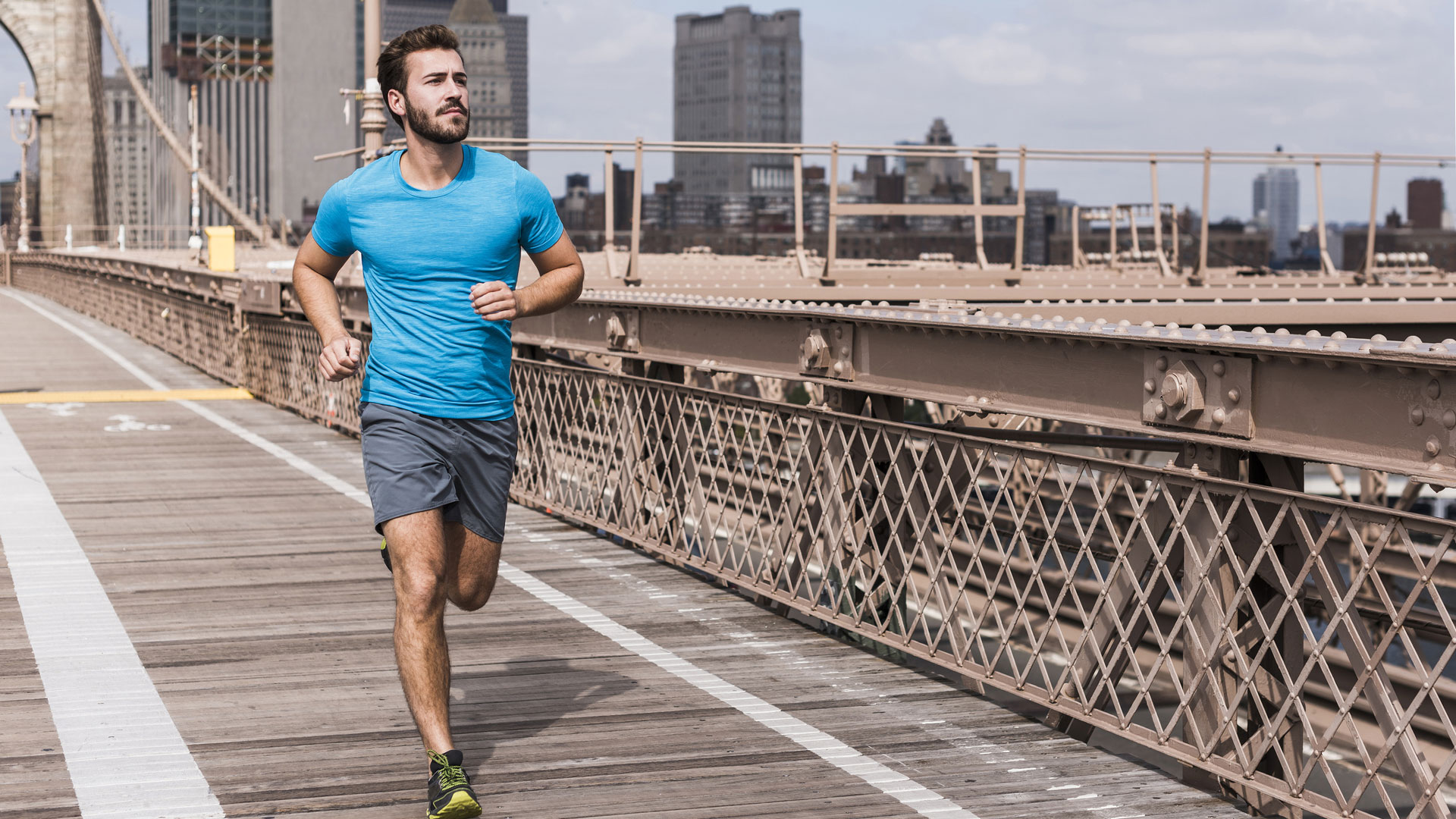

Running a faster 10k is both easier and harder than you think. It’s easier because if you like running and are happy to train methodically, over time, your running performance will improve, and your 10k time will decrease. The tricky bit is knowing what ‘methodical training’ means. How much should you push yourself at each session/overall? What’s the best way to recover to maximise running potential? Do you need expensive running gear to beat your 10k PB?
Here, we collected X suggestions, training advice and recommendations to help you run a faster 10k. These build on the tips we shared in our How to run a faster 5k article; read that if you haven’t already. As much as we’d like to give you concrete advice (e.g., run 7.5k on Monday, followed by a 23-minute long interval training on Tuesday, etc.), we appreciate that every run differently, which makes it impossible to offer detailed training advice. You might want to hire ask a running coach for that.
How to run a faster 10k: overall improvement vs temporary gains
When you say, 'I want to run a faster 10k', it usually refers to being able to run a race much faster than before. Technically, if you run a 45:32 10k a day after running a 45:34 10k, you run a faster 10k. However, not many people would take that as a significant improvement, something you aspire to achieve by reading articles such as this.
Therefore, we'll be discussing strategies that help you improve your time significantly over a period of time. What you need to do is book a race well in advance and follow a training plan so that you can undercut that 10k PB a lot. To beat a PB, you must trust your training and your legs and know your limits. Then, you can push yourself just hard enough to demolish your previous 10k time.
Without further ado, let's see our best tips and advice on how to run a faster 10h.
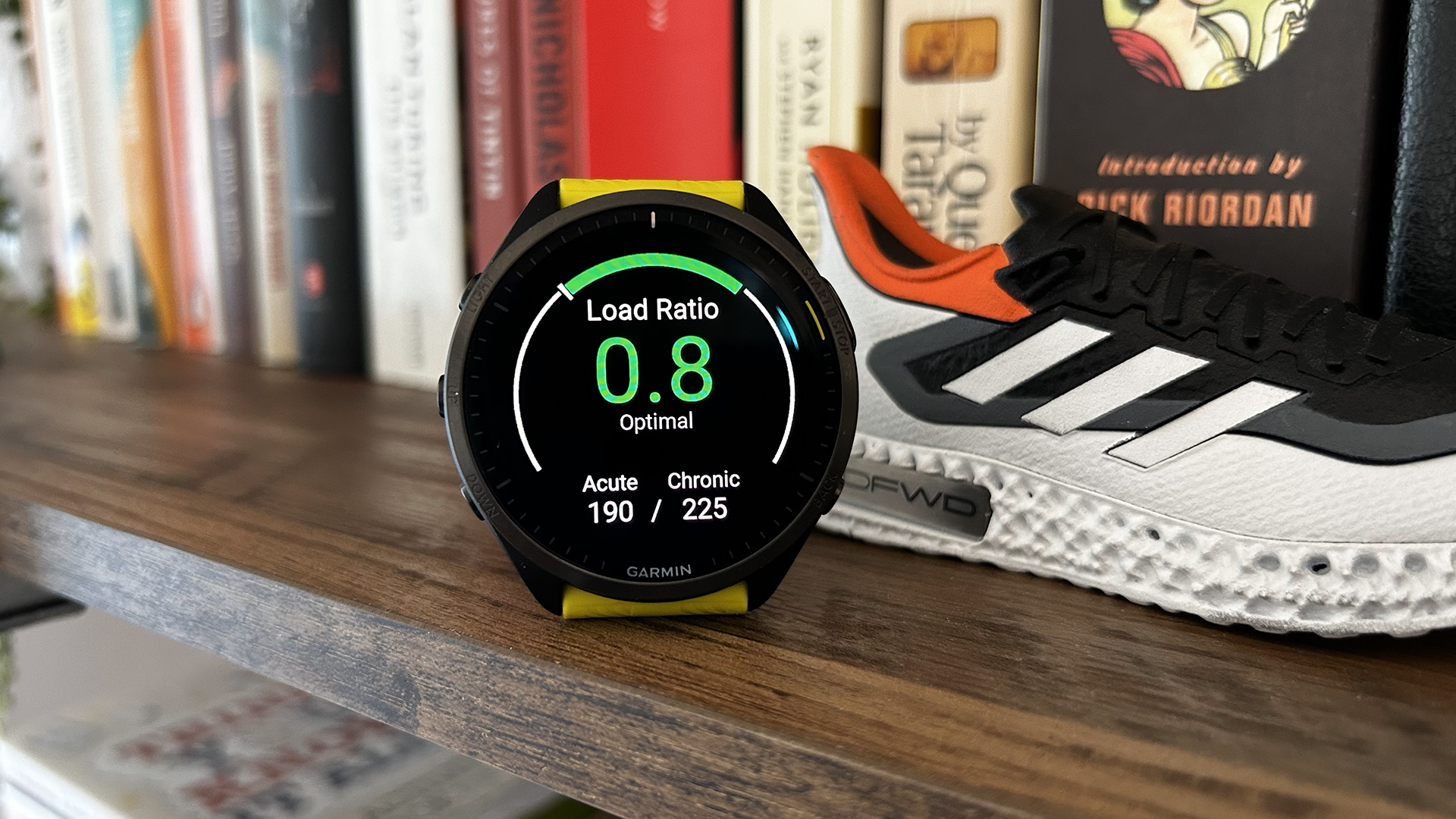
1. Gear matters
Let’s get this out of the way: gear matters. High-stack running shoes, like the Saucony Endorphin Elite, will help you run faster, and top-tier running watches – a.k.a. Garmin Forerunner 965 – will help you train more efficiently and recover faster.
In fact, research says that certain footwear increases running performance even when all variables are accounted for. It’s true that premium running gear costs more, but if you’re after marginal gains, you’ll need the best of the best. Simple as that.
Sign up to the T3 newsletter for smarter living straight to your inbox
Get all the latest news, reviews, deals and buying guides on gorgeous tech, home and active products from the T3 experts
2. It’s not just about long runs...
Ask anybody, and they’ll say long runs are the cornerstones of running training. That said, going on ‘long’ runs – which often happen to be the same, not so long distances – at the same pace day after day doesn’t improve running performance.
If you want to run faster, you must do proper running training. No more running for fun; it’s about increasing VO2 max, improving running technique, adjusting lung capacity, etc. You can and should still go on runs just for the sake of being outside, but training should come first.
Try introducing sprint sessions, interval training, hill runs and fartlek in your training. Try running at your desired 10k PB pace for one minute, followed by a 2-3-minute jog/walk 3-5 times over. Mix things up. Read more about the different types of running in Claire’s excellent article.
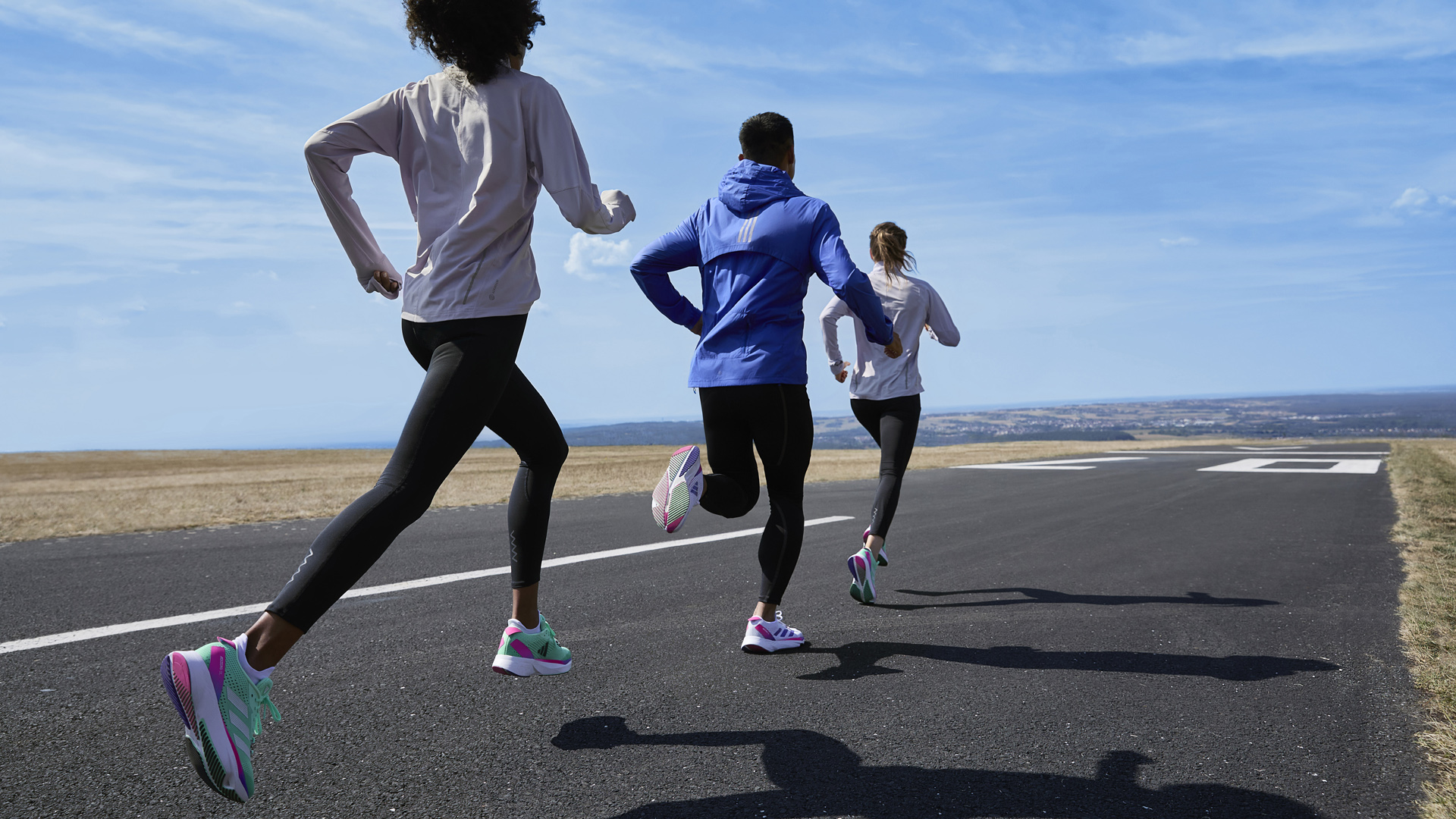
3. ... But you do need some long runs
Not all your runs should be long runs, but you should include these in your plan nevertheless. Long runs are extremely beneficial for your running training, cardiovascular performance and general well-being. Have a day or two a week dedicated to these easy-paced, steady runs to improve joint health and ready your system for prolonged, moderate-pace physical activities (e.g. 10k races).
4. Focus on recovery
If you’re a beginner, especially if you’re young, recovery isn’t something you’re concerned about. However, that all changes when you start training properly. Muscles get sore and tired, joints start aching, niggles start to surface. Being proactive about recovery can help eliminate most issues related to increased running training before they even appear.
Try elevating your leg after a long session. Use massage guns and foam rollers to ease knots in your legs, back and neck. Try blood flow restriction (see also: Therabody Jetboots). Try ice baths. Whatever helps you bounce back after hard sessions faster.
Most importantly: improve sleep habits. A good night's sleep is the best recovery, so always prioritise this over other methods. Wearing smartwatches and fitness trackers to bed can help you better understand your sleep habits, which might help improve them over time.
5. Know your pace
Once you start training properly, you’ll be able to gauge how much faster you can run a 10k if you tried. This goal pace is key to your training, and you should aim to run as long as you can at this pace during training. However, you shouldn’t run the full 10k at this pace before the PB attempt.
If you can run a 10k before your race day at the goal pace, the pace isn’t fast enough. If you’re struggling to keep the pace for 1k a week or two before the big day, you’re going too fast. Running watches can help you determine an appropriate pace at which you can run a race, but for this estimation to be accurate, you must wear the watches as much as possible (ideally, 24/7).
(We tested Garmin’s Race Time Prediction feature, and it worked like a charm.)
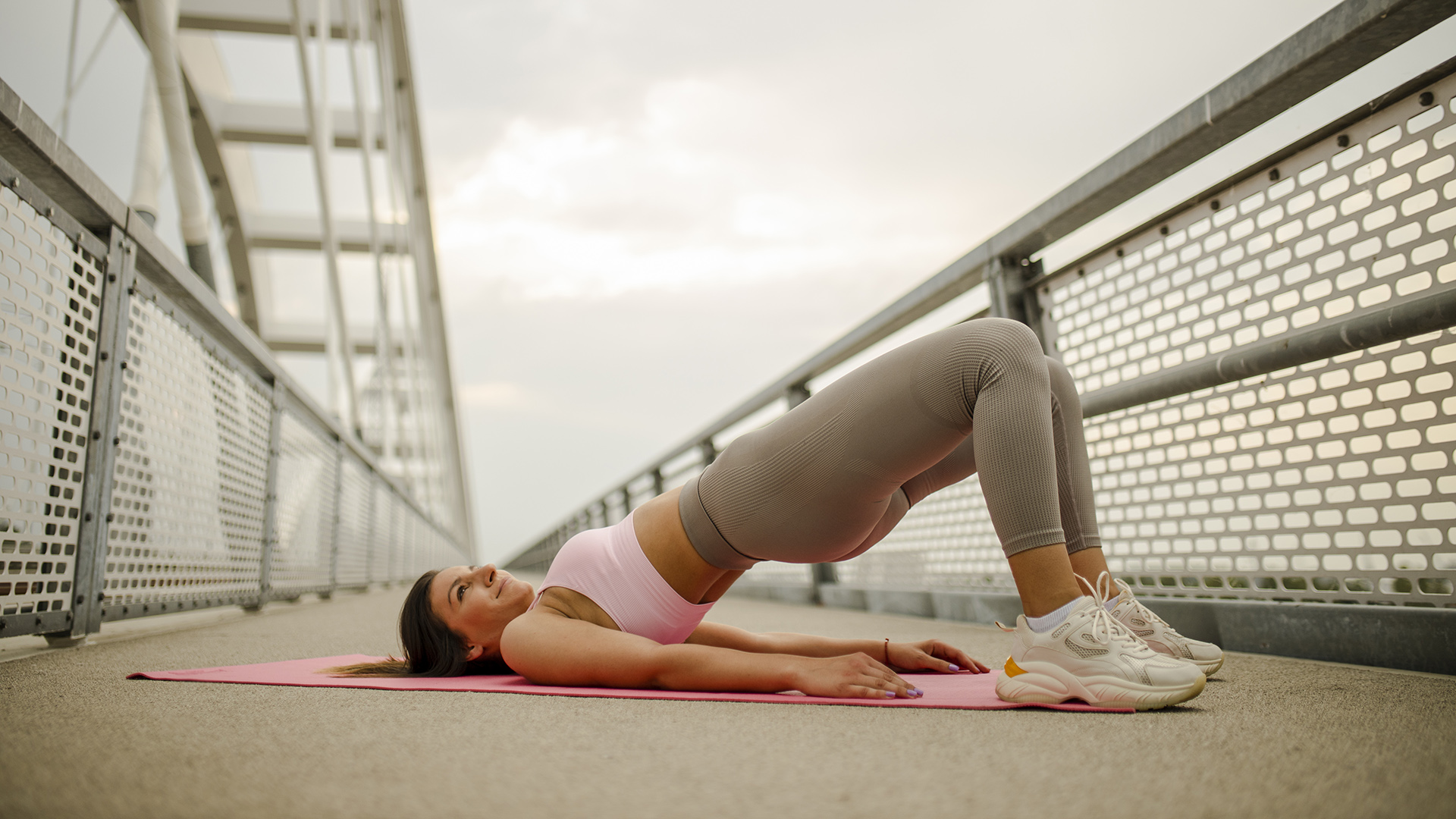
6. Improve strength and flexibility
There is one thing that can fast-track your training towards a faster 10k: strength training. Stronger legs equate to stronger muscles that fatigue later than weak legs. You don’t need to follow a bodybuilding plan and pump iron in a gym; bodyweight workouts do just fine for runners.
Squats are extremely helpful in improving range of motion, hip mobility and strength. Calf raises can strengthen the ankle joints and the tendons in the area – use dumbbells for added resistance. Improving core strength can help you breathe easier when you start getting tired, and stronger shoulders can help you swing those arms more easily.
Here are seven of the best 5-minute mobility routines for runners to get you started.
7. Taper and off-season
Most runners have heard about the taper before the race, a period where volume is drastically reduced to help your body fully recover from training, ready for the big day. Taper can be a week or two long, and it shouldn’t mean stopping altogether; the key is reducing the volume, not completely eradicating it.
Pros know the importance of the off-season, and you should give it a try, too. In the off-season, you can still run, but much less than usual. Instead, try introducing other types of physical activity to your training: cycling, swimming, stand-up paddle boarding, or hiking, whatever floats your boat.
Exercising differently allows the muscles and joints to recover without compromising performance. In fact, it can improve it for next season. After your next race season, spend a couple of months not running as much and doing more, let’s say, HIIT workouts. Or yoga. You’ll find your body more ready than ever before when the next season comes around.
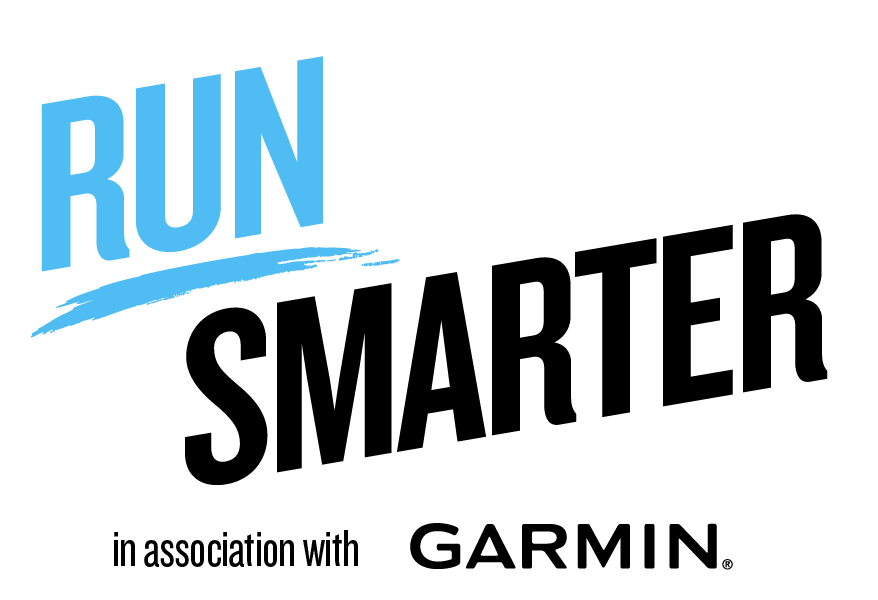

Matt Kollat is a journalist and content creator who works for T3.com and its magazine counterpart as an Active Editor. His areas of expertise include wearables, drones, fitness equipment, nutrition and outdoor gear. He joined T3 in 2019. His byline appears in several publications, including Techradar and Fit&Well, and more. Matt also collaborated with other content creators (e.g. Garage Gym Reviews) and judged many awards, such as the European Specialist Sports Nutrition Alliance's ESSNawards. When he isn't working out, running or cycling, you'll find him roaming the countryside and trying out new podcasting and content creation equipment.